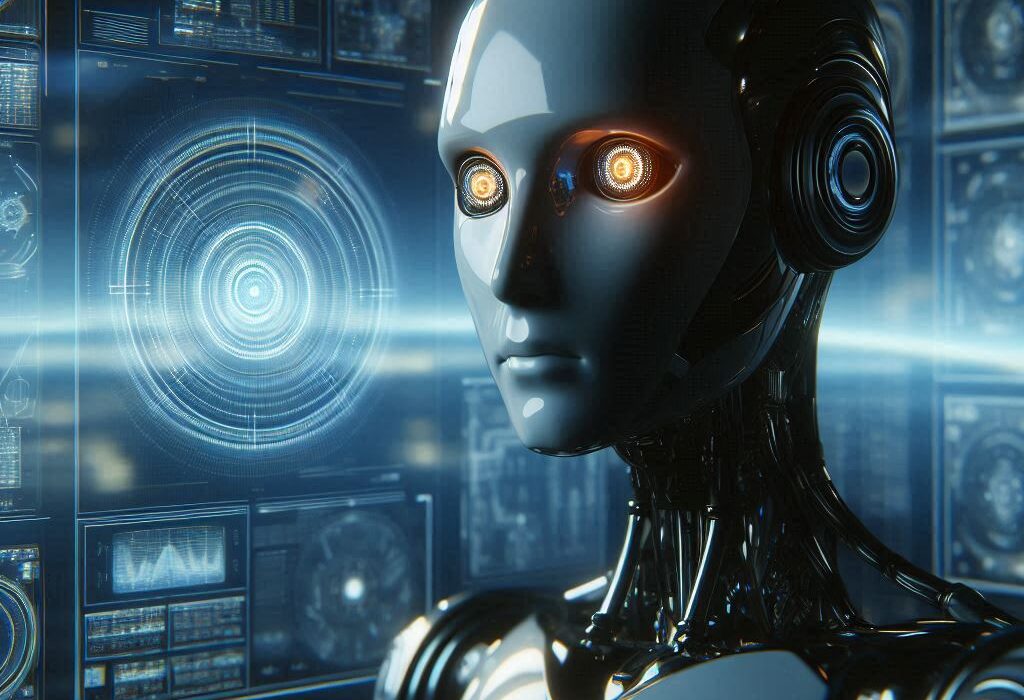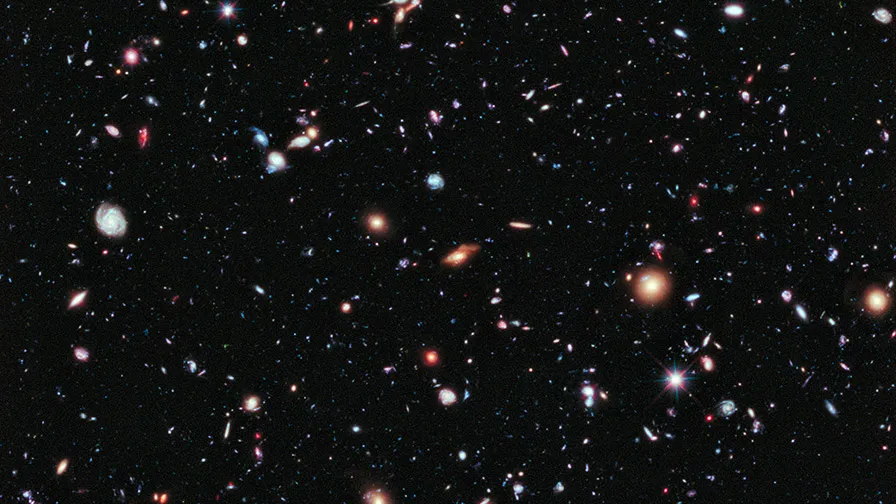Time surrounds us, passes through us, and shapes our every experience—yet we cannot see it, touch it, or stop it. From the ticking of a clock to the aging of stars, time moves in one direction, sweeping everything along in its invisible tide. It governs when we wake, when we work, and when we rest. It defines our past, frames our present, and leads us inexorably into the future. But what, really, is time?
To most people, time feels like a straightforward flow—a sequence of moments ticking away from yesterday to today and into tomorrow. But physicists, philosophers, and mystics alike have long wrestled with a startling truth: time is not at all what it seems. It’s more elusive, more abstract, and more mysterious than almost anything else in the universe. Modern science reveals time as a dimension like space, malleable under gravity and motion, and intimately connected with the very fabric of the cosmos. Yet the experience of time—why we feel its passage, how we perceive its flow—remains deeply enigmatic.
This article takes you on a journey through the heart of the mystery of time. We will explore its nature, its scientific definitions, how it’s measured, how it bends and warps under the influence of gravity and velocity, and how we humans perceive and live by it. We will dive into the philosophical dilemmas it presents, and how modern physics is reshaping our understanding of this most fundamental aspect of reality.
The Ancient Relationship Between Humans and Time
Long before physics labs and atomic clocks, ancient humans tracked time by observing the sky. The rhythmic motions of the sun, moon, and stars were the first reliable indicators of time’s passage. Day followed night. Seasons turned in predictable cycles. Eclipses, solstices, and planetary movements inspired awe and helped early civilizations build the first calendars and agricultural systems.
In ancient Egypt, time was measured with sundials and water clocks. The Babylonians divided time into hours, minutes, and seconds based on a sexagesimal system—a base of 60 still used today. The Mayans constructed intricate calendars tied to both solar and ritual cycles. In these early views, time was often seen as cyclical, a repeating dance rather than a one-way flow.
Philosophers in Greece began pondering time as an abstract concept. Plato imagined time as the moving image of eternity. Aristotle viewed it as a measure of change. Yet even in antiquity, the question arose: does time exist independently of motion, or is it a byproduct of change?
These early musings set the stage for millennia of inquiry. As clocks became more accurate and science matured, time evolved from a mystical rhythm to a measurable, scientific quantity—only to become mysterious once more under the scrutiny of modern physics.
Time in Classical Physics: Newton’s Absolute Clock
In the 17th century, Sir Isaac Newton reshaped the understanding of the universe with his laws of motion and universal gravitation. Crucially, Newton proposed that time is absolute—a universal, unchanging flow that ticks the same for all observers, everywhere, regardless of what they are doing.
In Newton’s model, time was like a cosmic metronome: constant, reliable, and entirely separate from space. Events occurred in this timeline much like beads on a string—ordered and measurable. This idea served science well for centuries. Newtonian time matched our common sense and supported everything from planetary motion to engineering.
But Newton’s time was detached from the observer. It was external and impersonal. This worked well until something strange emerged in the 19th century—light, the fastest thing in the universe, refused to conform to Newton’s model. A scientific revolution was on the horizon.
Einstein’s Revolution: Time Becomes a Dimension
Enter Albert Einstein. In the early 20th century, Einstein shattered the Newtonian concept of absolute time with his theory of relativity, first special relativity in 1905, and then general relativity in 1915. According to Einstein, time was not a fixed backdrop against which events unfolded. Instead, it was woven into the very fabric of space, forming a four-dimensional entity known as spacetime.
In special relativity, Einstein showed that the passage of time is relative—it depends on the motion of the observer. As you approach the speed of light, time slows down. This phenomenon, known as time dilation, has been confirmed repeatedly in experiments. Astronauts aboard fast-moving spacecraft, for instance, age ever so slightly less than their counterparts on Earth.
But general relativity went further. Einstein demonstrated that gravity warps time. The stronger the gravitational field, the slower time moves. This effect has been measured on Earth: clocks placed at the bottom of a mountain tick more slowly than those at the summit. In essence, time curves in response to mass and energy.
This reshaped our understanding of reality. The universe was no longer a static stage, but a dynamic arena where space and time flexed, bent, and stretched. Time became a participant in the cosmos, not a spectator.
The Arrow of Time: Why Does Time Flow Forward?
One of the most puzzling questions about time is why it flows in one direction. In physics, most fundamental laws are time-symmetric—they don’t prefer forward or backward. An equation works just as well in reverse. Yet in real life, we experience an unmistakable arrow of time. We remember the past, not the future. We age. Broken cups don’t spontaneously reassemble. Why?
The answer lies largely in thermodynamics, specifically the second law, which states that entropy—or disorder—in a closed system tends to increase over time. A neat room becomes messy; energy spreads out. This tendency gives time its direction: from order to disorder, from low entropy to high.
This thermodynamic arrow aligns with our psychological arrow of time—our memory and sense of cause and effect. We remember low-entropy beginnings and experience high-entropy consequences. It also aligns with cosmology: the early universe was remarkably low in entropy, and since then, entropy has been steadily rising.
Still, why the universe started in such a low-entropy state remains one of the greatest unsolved questions in physics. Did the Big Bang “set” the arrow of time? Could there be a region of the universe—or a parallel universe—where time flows backward? These remain speculative, but fascinating, possibilities.
Time Perception: How the Brain Tells Time
While physics seeks to define time with mathematical precision, our experience of time is deeply subjective. A minute can fly by during laughter or drag endlessly during boredom. Our brains are not precise clocks; they are time interpreters.
Neuroscientists have discovered that time perception arises from a network of brain regions, including the basal ganglia, cerebellum, and prefrontal cortex. These areas integrate sensory information, motion, and memory to estimate duration and sequence.
But our inner clock is easily fooled. High-stress situations can make time feel slower—a defense mechanism that allows for quicker reactions. Drugs, sleep deprivation, and even body temperature can distort time perception. In dreams, entire narratives can unfold in what seems like seconds in the real world.
Time perception is also cultural. Some societies live by the clock, while others operate on more fluid, event-based timing. Children and adults perceive time differently, as do people with neurological disorders like Parkinson’s or schizophrenia. For humans, time is as much a psychological and cultural construct as it is a physical reality.
Time Travel: Science Fiction and Scientific Possibility
The idea of time travel—moving through time like we move through space—has captivated human imagination for centuries. From H.G. Wells’ The Time Machine to countless movies and novels, the notion of visiting the past or future ignites our deepest hopes and fears.
But what does science say? According to relativity, time travel to the future is theoretically possible. Time dilation allows astronauts traveling near light speed to return to Earth in the distant future while having aged only a few years. This is not fantasy—it’s been confirmed in particle accelerators and satellite experiments.
Traveling backward in time is more problematic. It introduces paradoxes, like the famous “grandfather paradox,” where a traveler could potentially alter the past and prevent their own existence. Some solutions, like closed timelike curves, are allowed by general relativity in specific spacetime geometries, such as around rotating black holes (called Kerr black holes). But these remain speculative and likely unattainable with our current understanding and technology.
Quantum mechanics adds more mystery. Some interpretations suggest that time may be an illusion, or that all moments—past, present, and future—coexist in a “block universe,” with consciousness moving through it like a spotlight on a film reel. Others entertain the idea of parallel timelines or universes, where every possible outcome occurs.
While practical time machines remain out of reach, exploring the limits of time in physics teaches us profound lessons about the structure of reality.
Measuring Time: From Sundials to Atomic Clocks
Despite its elusive nature, humans have learned to measure time with astonishing precision. The earliest timekeeping devices—sundials, water clocks, hourglasses—were based on natural phenomena. Mechanical clocks arrived in medieval Europe, driven by gears and pendulums.
In 1656, Dutch scientist Christiaan Huygens built the first pendulum clock, significantly improving accuracy. The 20th century brought quartz clocks, which vibrate at consistent frequencies when electrically stimulated.
But the pinnacle of timekeeping is the atomic clock, which uses the vibrations of atoms—typically cesium or rubidium—to keep time. The current standard, the cesium-133 clock, defines the second as 9,192,631,770 oscillations of the cesium atom. These clocks are so precise they would lose less than a second over millions of years.
Accurate timekeeping is vital in modern society. Global positioning systems (GPS), financial transactions, telecommunications, and space exploration all rely on exact synchronization. Even tiny discrepancies can cause huge errors.
As technology advances, scientists are now building optical lattice clocks, which are even more accurate than cesium clocks, potentially redefining the second once again.
Time and the Cosmos: Beginning, End, and Everything In Between
Time did not exist forever. According to current cosmology, time began with the Big Bang around 13.8 billion years ago. Before that, the notion of “before” loses meaning—there was no time as we understand it.
The universe has since expanded and cooled, evolving stars, galaxies, and eventually life. Time, as measured by change and entropy, has marched steadily forward.
But what of the end? Will time ever stop? The fate of the universe is still unknown. If the universe continues expanding forever, time may simply stretch into an ever-colder, more diffuse infinity. If it collapses in a “Big Crunch,” time might reverse or cease altogether. Some theories propose a “Big Bounce”—a cyclic universe where time resets. Others entertain eternal inflation, where time and space constantly generate new universes.
These cosmological speculations underscore how intertwined time is with the structure of the universe itself. Understanding time means understanding the cosmos.
Conclusion: The Eternal Mystery of Time
Time is the thread that weaves through every corner of existence—from the pulse of atoms to the life cycle of stars. It is a dimension, a psychological experience, a scientific puzzle, and a philosophical conundrum. We measure it with atomic precision and yet feel it slip through our fingers. We live by its rhythms but can’t fully explain its nature.
Einstein showed us that time is flexible, relative, and bound to space. Thermodynamics tells us why it flows in one direction. Neuroscience explains how we perceive it. And yet, time remains among the most profound mysteries science has yet to solve.
What is time? Is it a river we float in? A dimension we traverse? An illusion our minds create to make sense of change? Perhaps it is all of these—or something else entirely.
As long as we are conscious beings, we will be bound by time’s passage. And as long as curiosity drives us, we will continue chasing its secrets, knowing that in seeking to understand time, we are truly seeking to understand ourselves.






